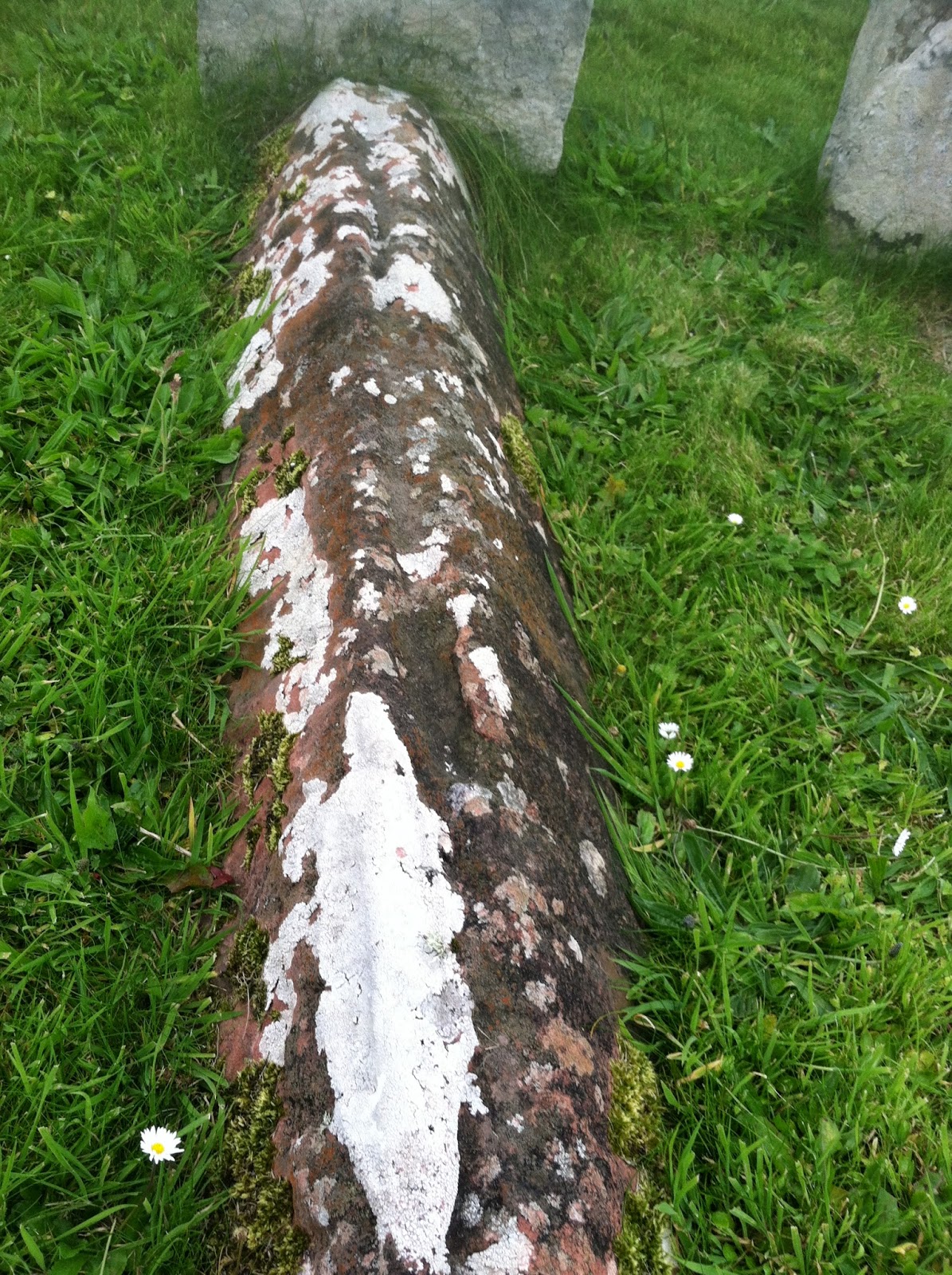“There are three deaths. The first is when the body ceases to function. The second is when the body is consigned to the grave. The third is that moment, sometime in the future, when your name is spoken for the last time.”
― David Eagleman, Sum: Forty Tales from the Afterlives
― David Eagleman, Sum: Forty Tales from the Afterlives
Saturday 6 August 2014
3:24 PM
The isle of Papa Westray, Scotland, UK
I came to Papa Westray (called Papay pronounced Papie by the locals) not because I really wanted to see Papay, but because I wanted to make it to the deserted isle known as the Holm of Papay. Unfortunately, it has been made abundantly clear that I will not be visiting this particular island and it's magnificent cairns. The next ferry back to Westray isn't for two hours, and so I need to come up with a clever way to kill some time.
The key attraction on Papay, well to someone like me, is a place known as the Knap of Howar. It's the oldest (and incidentally fantastically preserved) house in Orkney. It's about 500 years older than Skara Brae. It's really cool, and I've already seen it.
So.. Plan B. The Kirk of St. Boniface
Just so you know:
Kirk = Church; Kirkyard = Churchyard... but more likely means graveyard.
I would go and visit a church simply as a historic novelty...
The sky is heavily overcast now, and I'm surrounded by countless grave stones. Once upon a time, I made a habit of visiting cemeteries, but they were never like this. This kirkyard looks like a place straight out of a horror movie.
Still, with nothing better to do, I weave my way around age worn tomb stones to the kirk's entrance.
Still, with nothing better to do, I weave my way around age worn tomb stones to the kirk's entrance.
The first bit that strikes me is the scent of old wood, dust, and stagnatory air - but there's something else. Outside you can smell the brine from the sea, but inside the salt lends a certain bite to the otherwise familiar blend scents that I affectionately think of as old basement.
Honestly, this place kind of gives me the creeps, and that was true before I climbed the dilapidated stone steps to the balcony. There is a cross hanging from the rafters. I move to take a picture, and the door to the outside slams shut.
I'm embarrassed that I had to tell myself the age old harbourer of bad things to come, "Calm down, it was only the wind."
I leave the kirk and make my way back into the yard. This place is really creeping me out, and that's saying a lot coming from a guy who frequents Neolithic burial tombs as a recreational activity.
I'm about to leave when I notice a grave, slightly different than the others.
This is what is known as a "hog-backed" tombstone. It's a style from the 12th century. No, I can't identify a tombstone's age by its design. I read it on a sign. At the head, there was a proper tombstone where the individual's name would have been inscribed, but that's long gone.
It's a grave almost as old as Maya ruins I've visited, but the thing about graves this old is there's nothing left. This person, whoever he or she was, has long since suffered the third and final death. The thought sweeps over me making me much sadder than I probably have any right to be.
I don't know his or her name.
I don't know if he or she was remembered.
I don't know if he or she should be remembered.
No one does.
This is what drives Colin Singleton in his quest to matter.
This is the Oblivion feared by Augustus Waters.
That strange little grave is not the only blank headstone in this yard. It makes me shudder. I can't count the lost. I won't count them. I need to leave.
It's as if I realize all of a sudden, that I'm surrounded by the dead, the truly dead. History is a discipline full of corpses, and in this one terrifying and humbling moment, I realize that one day I will be one of them.



No comments:
Post a Comment